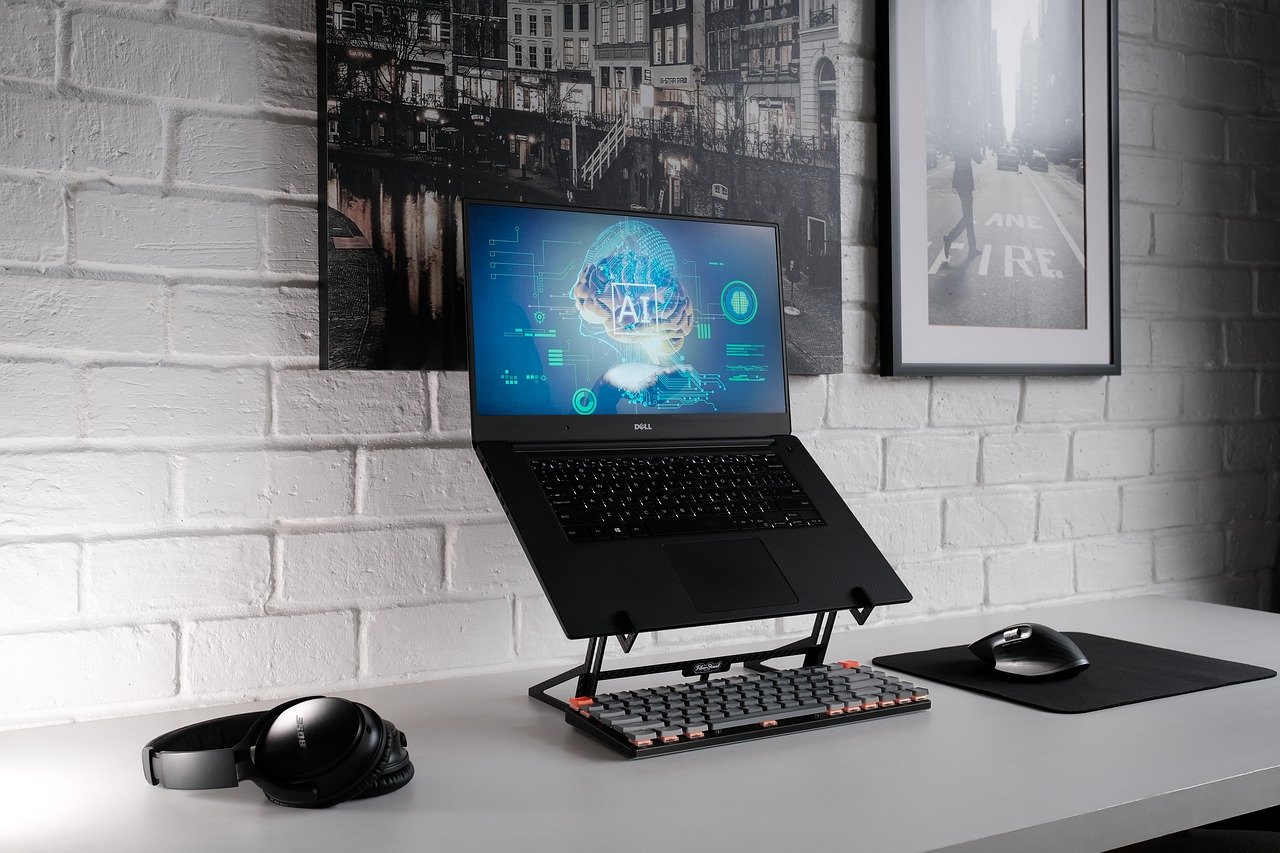One way to reveal your age is to admit you remember flying cars in “The Jetsons” in the 1950’s-60’s. In 1956 the Aerocar was designed: it looked like a car but had wings; it turned out to be too expensive to mass-produce and Aerocar International soon went out of business. But a common refrain of engineers is: “never say never.” And so PAL-V-ONE is simply the next iteration of the Jetson’s flying car.
The new version is now referred to as a hybrid car and gyroplane. It looks like the body of a small airplane and its single rotor and propeller are unfolded to make the vehicle airworthy. It is powered by a very robust flight certified aircraft engine and runs on gasoline. It can reach speeds of up to 112 mph (180 km/h) both on land and in the air.
PAL-V-ONE is said to provide convenient door to door transportation. It is reported to have the agility of a motorcycle due to its patented tilting system. It can be driven to the nearest airfield and take off just like an airplane. PAL-V-ONE when airborne will fly below 4000 feet (1,200 m) in airspace designated for uncontrolled Visual Flight Rules (VFR) traffic so there is no interference with commercial air traffic.
PAL-V-ONE is designed to have a short takeoff and landing capability making it possible to land anywhere. It provides smooth flight with excellent stability due to rotor speed and flies well in turbulent air. When not flying in controlled airspace one can take off without filing a flight plan. PAL-V-ONE flies like a gyrocopter. It is quieter than a helicopter due to the slower rotation of the main rotor. It takes off and lands at low speeds, is designed not to stall, and is very easy to control. If the engine ever fails, e gyroplane technology keeps the rotor rotating and allows steering and landing.
As a road vehicle PAL-V-ONE accelerates like a sports vehicle, handles sharp corners, and is built using the latest technology from the aerospace and automotive industries guaranteeing safe and stable riding, flying, takeoffs and landings.
The Jetsons like fly drive car is now possible due to aerodynamics, mechanical stability, construction and weight technologies, and legislation. In addition NASA is developing “Highways in the Sky” (HITS) program that will enable vehicles to follow virtual corridors complete with on and off ramps; even the Jetsons and Hollywood get this part right so it is only a matter of time.
For the time being takeoffs will not be allowed from highways for safety reasons. Takeoffs and landings will only be permitted on approved strips.
Related Articles on IndustryTap






